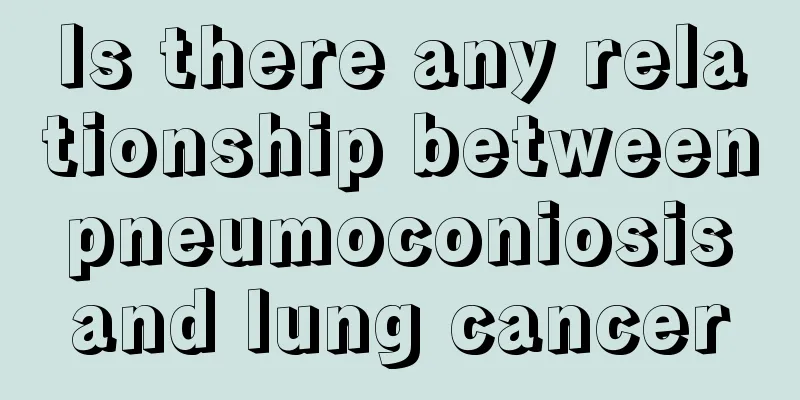What are the symptoms of Candida infection?

|
Bacteria are common organisms in our lives. In most cases, they have negative effects on the body and cause some malignant diseases. For example, Candida albicans is a bacteria that reproduces extremely rapidly and has a very strong erosive ability, causing significant damage after infection. Let’s take a look at the symptoms of Candida infection. 1. Interdigital erosion is more common in people who engage in wet work for a long time. The rash is most common between the third and fourth fingers (toes). The skin between the fingers and toes is macerated and white. After the macerated epidermis is removed, a clearly defined moist surface is revealed with a flushed base and a small amount of exudate. Feel slight itching or pain. 2. Candidal intertrigo is more common in children and obese and sweaty people. The rash often occurs in wrinkles such as the groin, gluteal folds, armpits and under the breasts. There are locally well-defined moist erosions with a flushed base and collar-like scales at the edges. There are often scattered red papules, herpes or pustules on the periphery. 3. Papular candidiasis is more common in obese children and may occur concurrently with prickly heat. The rash is a flat dark red papule the size of a mung bean with clear edges and covered with grayish white collar-shaped scales, which are scattered or densely distributed on the chest, back, buttocks or perineum. It is also accompanied by candidal angular cheilitis and stomatitis. 4. Candidal paronychia and onychomycosis are often seen on the nails. The nail groove is red and swollen, or there is a small amount of discharge, but no suppuration, slight pain and tenderness, and the course of the disease is chronic. The nail plate is cloudy, has white spots, is hardened, has transverse ridges and grooves on the surface, is uneven but still shiny and not broken. 5. Chronic mucocutaneous candidiasis is rare. It is a chronic progressive Candida infection, often accompanied by certain immune deficiencies or endocrine diseases, such as hypoparathyroidism and adrenal insufficiency, especially congenital thymoma. The disease usually begins in infancy, but can also occur in the neonatal period. The lesions often occur on the head, face, back of hands and distal extremities, and occasionally on the trunk. Initially, the lesions are erythematous, papular and scaly, gradually becoming verrucous or nodular, covered with yellow-brown or dark-brown oyster-shell crusts and surrounded by dark red halos. Some lesions are highly proliferative, cone-shaped or wedge-shaped, resembling skin horns. When the keratin is removed, granuloma tissue is underneath. After healing, scabs will form and if the scalp is affected, it may cause hair loss. |
<<: Are there any side effects of nose surgery? How to prevent them?
>>: What are the symptoms of autonomic dysfunction?
Recommend
Dietary regimen for glioma patients
No matter what disease is being treated, diet oft...
How to treat right ovarian tumor
The treatment plan for right ovarian tumors needs...
Itchy red bumps on your wrist?
If your wrists are itchy and have red bumps, this...
Why do babies clench their fists like this when they are born?
The greater the “punch power”, the longer the lif...
How to take care of yourself if you have rectal cancer
Rectal cancer is one of the most common malignant...
What is the chance of inheriting liver cancer?
As to whether liver cancer is a genetic disease, ...
Internal Medicine Nursing for Endometrial Cancer
Endometrial cancer is a malignant tumor originati...
My thighs feel strangely painful and sore
If you feel unexplained pain or soreness in your ...
Cost of treating early stage tongue cancer
How much does it cost to treat early-stage tongue...
There are small black spots on the skin
Various melanin deposits often appear on people&#...
Several important dietary considerations for ovarian cancer
There are several important dietary precautions f...
How to prevent liver cancer in life? Six things to take to prevent liver cancer
Most of the manifestations of liver disease are m...
What to do if I have stomach bloating and pain after eating too much
People do not pay much attention to their diet, w...
Can macular hole be cured
Macular holes can actually be treated, but patien...
Cherries have so much nutritional value!
Cherry is a very common food with very high nutri...









